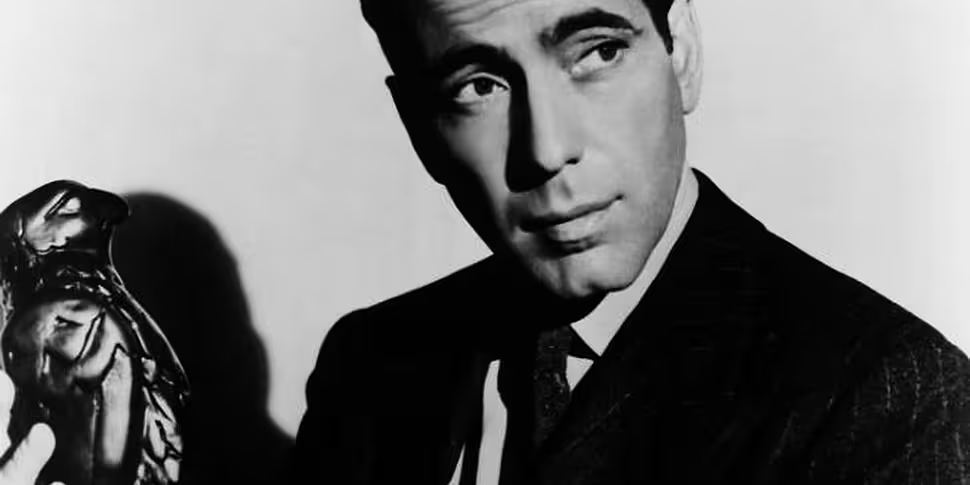In John Huston’s seminal noir The Maltese Falcon, criminal kingpin Kasper Gutman (Sydney Greenstreet) begins to explain the origins of the aforementioned bird to private eye Sam Spade (Humphrey Bogart).
Gutman promises Spade that it will be “the most astounding thing [he’s] ever heard of”.
While Gutman’s dramatic account turns out to be fairly astounding, the movie’s prop falcon, sold at auction for $4 million last Monday, carries an extraordinary history itself.
Our tale begins with John Huston.
At the dawn of the forties, Huston was a well respected screenwriter in Hollywood, but he had yet to fulfil his desire to direct a motion picture. His friend Howard Hawks, the legendary director, encouraged him to take a shot at Dashiell Hammett’s detective novel The Maltese Falcon.
Warner Brothers had actually filmed two previous versions of Hammett’s novel. The Maltese Falcon (1931) and Satan Met a Lady (1936) both flopped on release, and struggled to replicate the book’s atmosphere and tone.
Huston provided a fresh script, laced with morally ambiguous characters and soaked in rapid, sharp dialogue.
The Maltese Falcon details the pursuit of a jewel-encrusted statuette, created in the 16th century by the Knights of Malta as a gift for Charles V of Spain. Highly sought after for hundreds of years, the falcon has apparently reappeared in modern San Francisco, along with a detestable bunch of treasure hunters chasing their prize. At the story’s centre lies private eye Sam Spade, an anti-hero who weaves through the fabric of violence and greed.
Naturally, the film required a prop to represent the precious falcon, so Huston turned to his high school friend, artist Fred Sexton. A mould was cast, and at least three falcons were produced (two bronze and one resin).
Each bird has an interesting tale to tell.

Lost for decades, the resin falcon was found at a New Jersey car boot sale in 1991. The buyer was Oscar-nominated documentary maker Ara Chekmayan, who immediately knew the statue’s worth when he spotted a Warner Brothers serial number on the base. Chekmayan was able to authenticate his falcon as one used not on set, but in publicity photos for the film. In September 2010, a consortium led by Leonardo Di Caprio and billionaire Stewart Rahr, bought the resin falcon for $305,000.
One of the lead falcons was given as a present to actor William Conrad by studio boss Jack Warner. Best known for his later TV work in Jake and the Fatman and Gunsmoke, Conrad fittingly took part in a number of film noirs including The Killers, The Racket and Sorry, Wrong Number. After Conrad died in 1994, his falcon was sold at Christies for $398,500 (a record at the time).
It was purchased by Ronald Winston, head of the Harry Winston jewellery company. Winston used it to create an $8 million bejewelled falcon, made with 10 pounds of gold, ruby eyes, a platinum necklace and a 42-carat diamond. Winston’s lead falcon was sold in 1996 to an unknown buyer for an undisclosed amount which he described as ‘incredible’.
The second lead falcon was the one sold last Monday by Bonham’s auctioneers, New York. It is the only statue known to have featured in the film according to Warner Brothers. They know this because of its damaged tail feather. Apparently Lee Patrick, Spade’s secretary Effie in the film, accidentally dropped the falcon on Bogart’s foot!
Interestingly, in the movie, Spade and Gutman hypothesize on the potential value of the bird should it go to auction. Gutman refuses to set a ceiling, stating that “there’s no telling how high it could go”.
$4,085,000 would no doubt have suited both of them.









